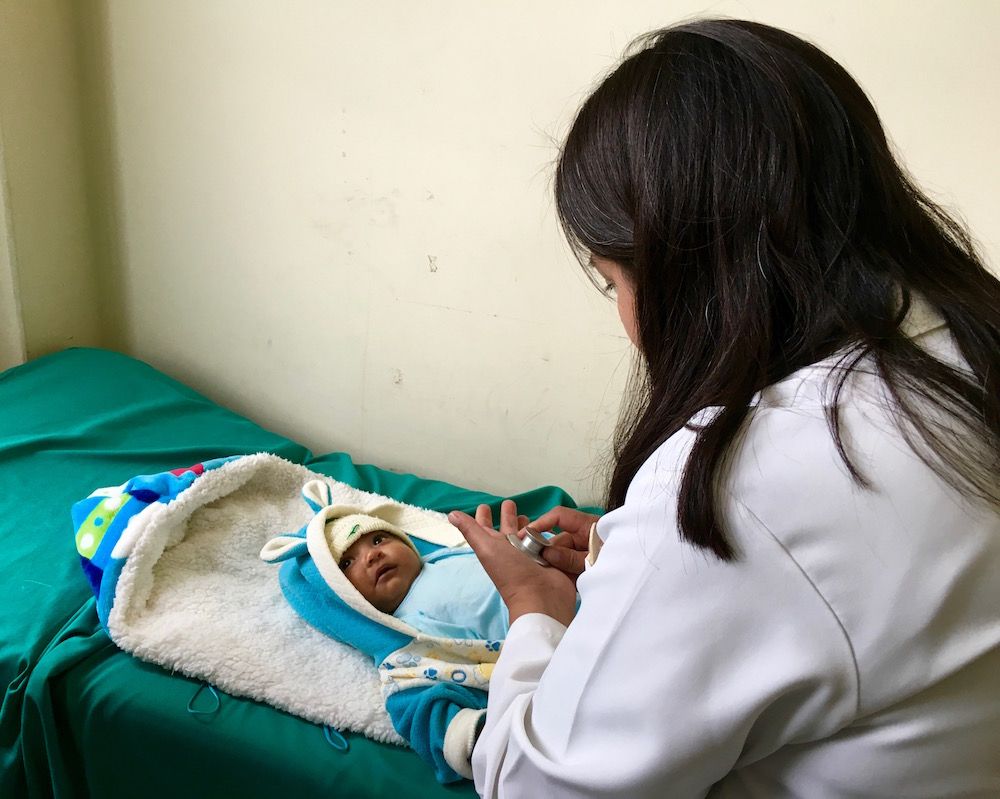March 06, 2017 | Pulitzer Center
By
Caitlin J. Cotter
Ecuador is a family-oriented country, and the village of La Victoria is a good example of this. Extended family members, many of whom may have been disabled by the effects of lead used in the production of ceramics, face challenges together.
This photo slideshow guides us through the process of artisan ceramics production in Andean Ecuador and provides a glimmer of hope for the future of La Victoria while introducing us to affected families and potential solutions.
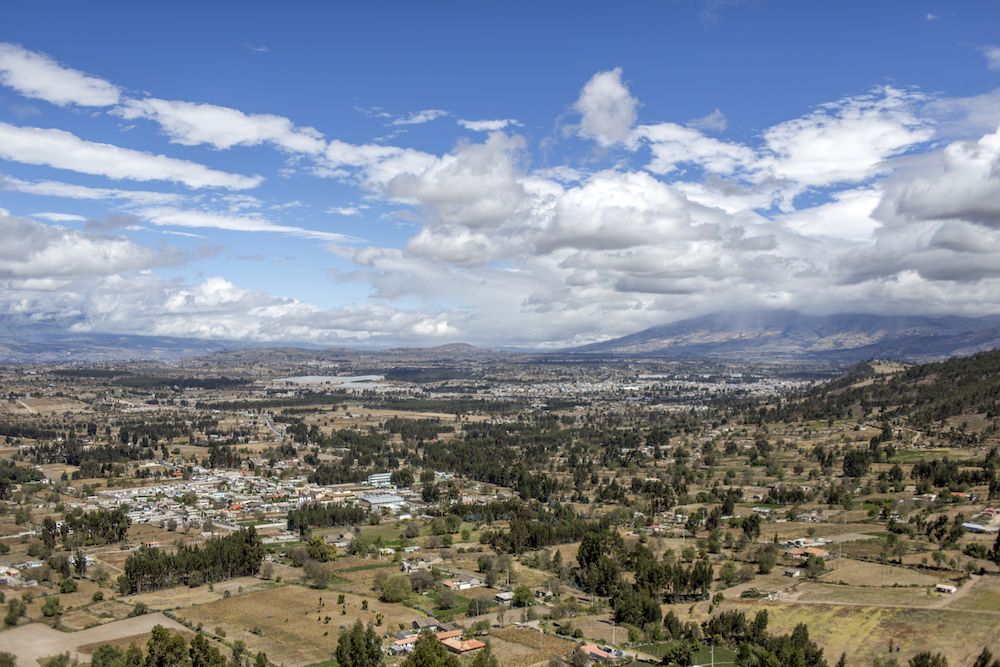
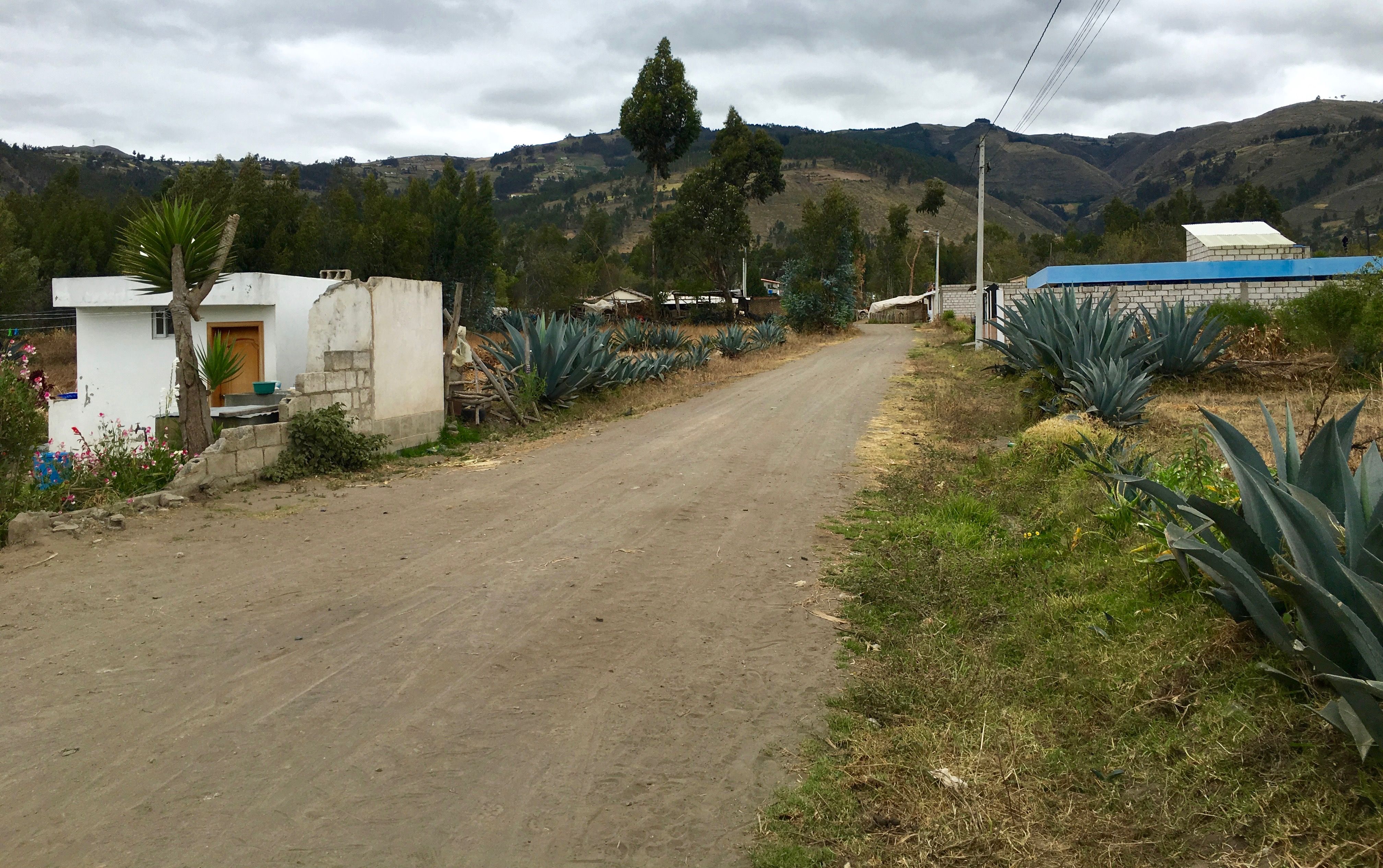
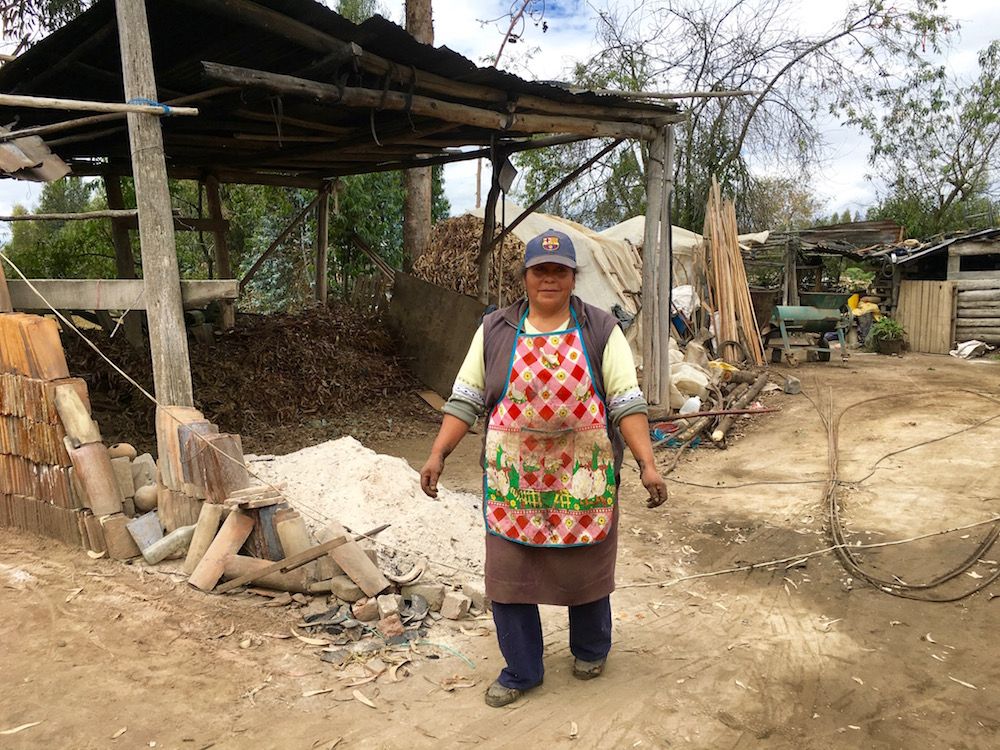
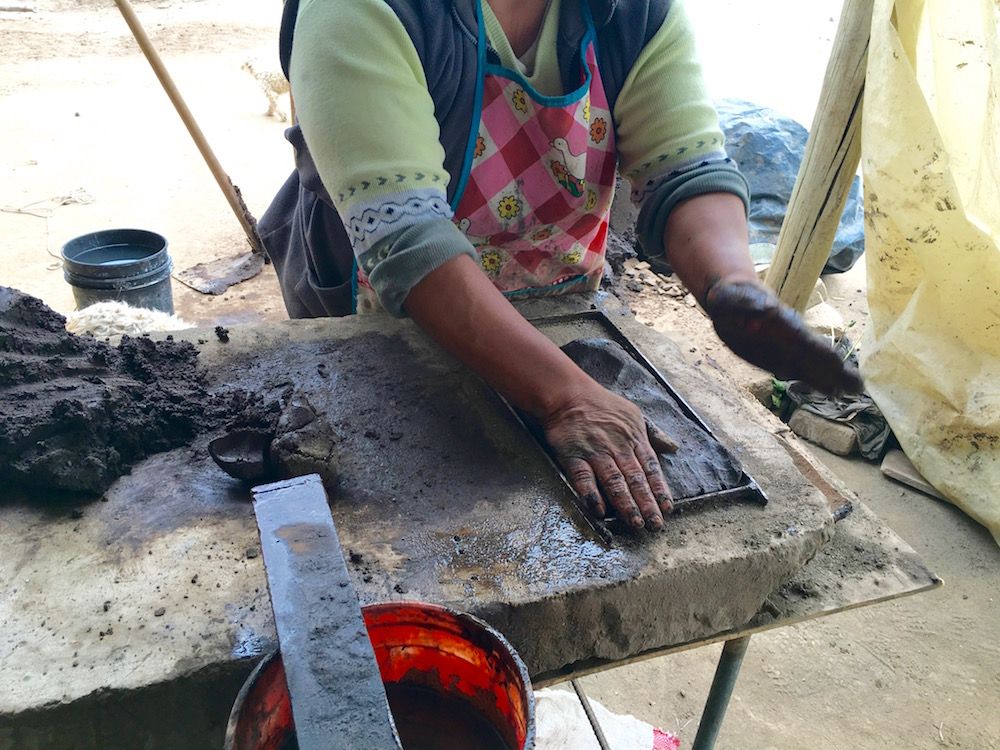
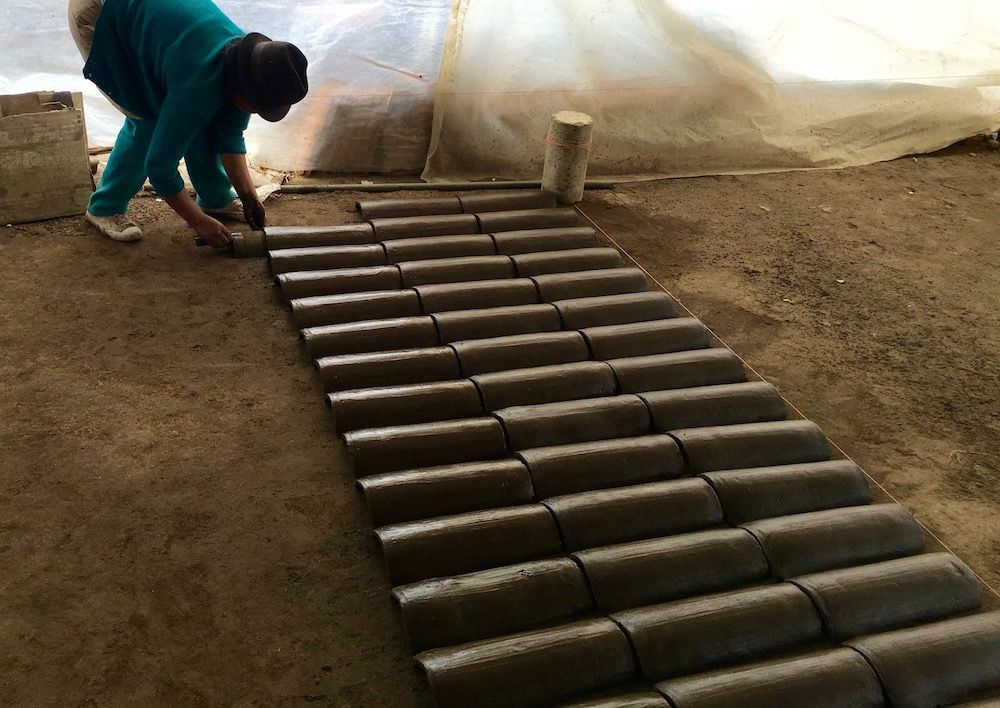
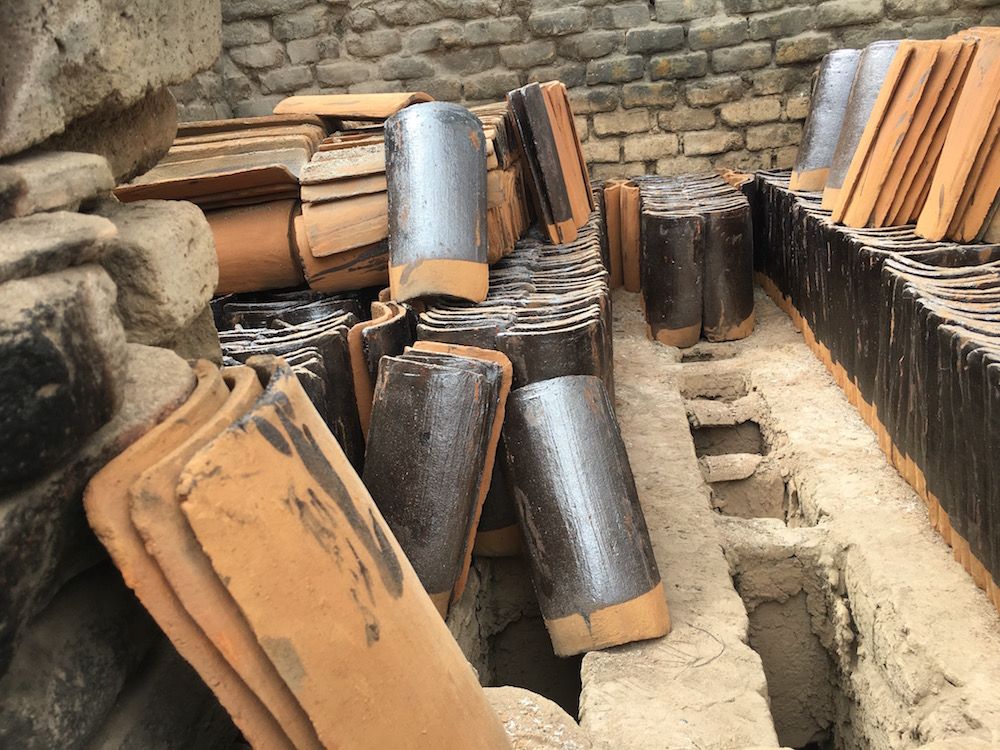
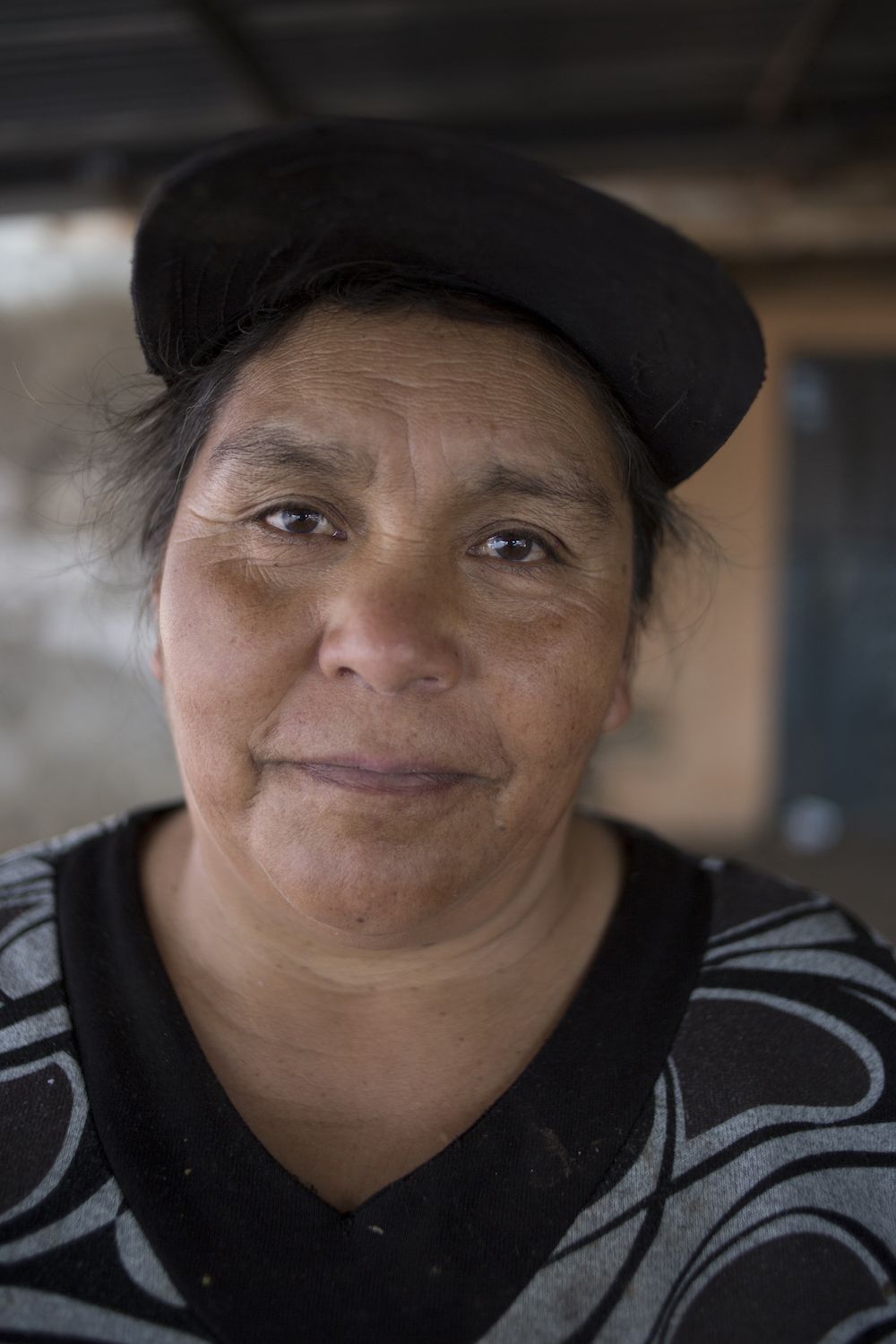
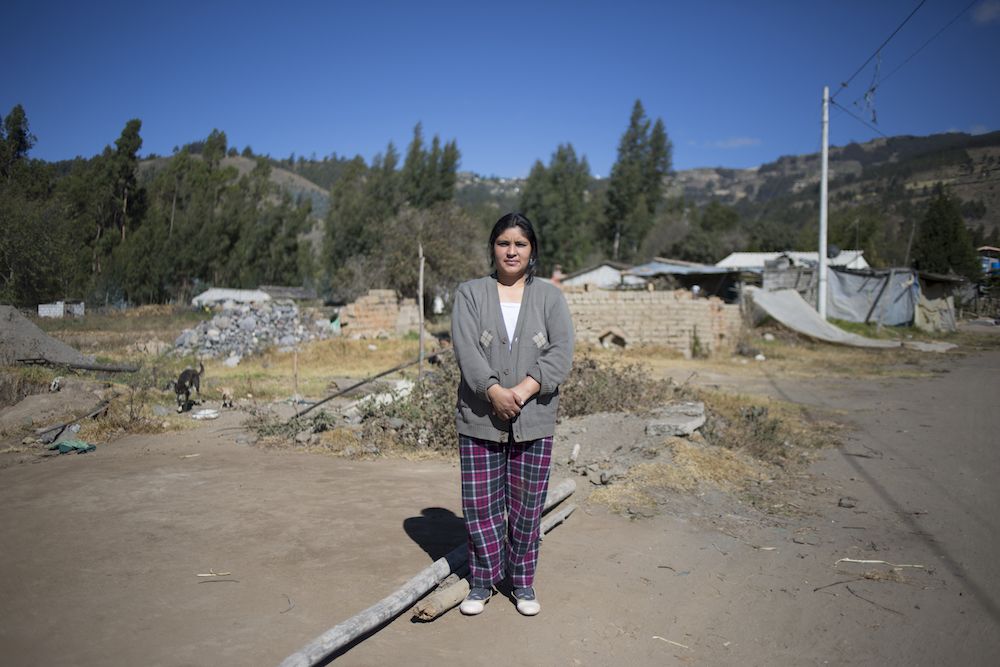
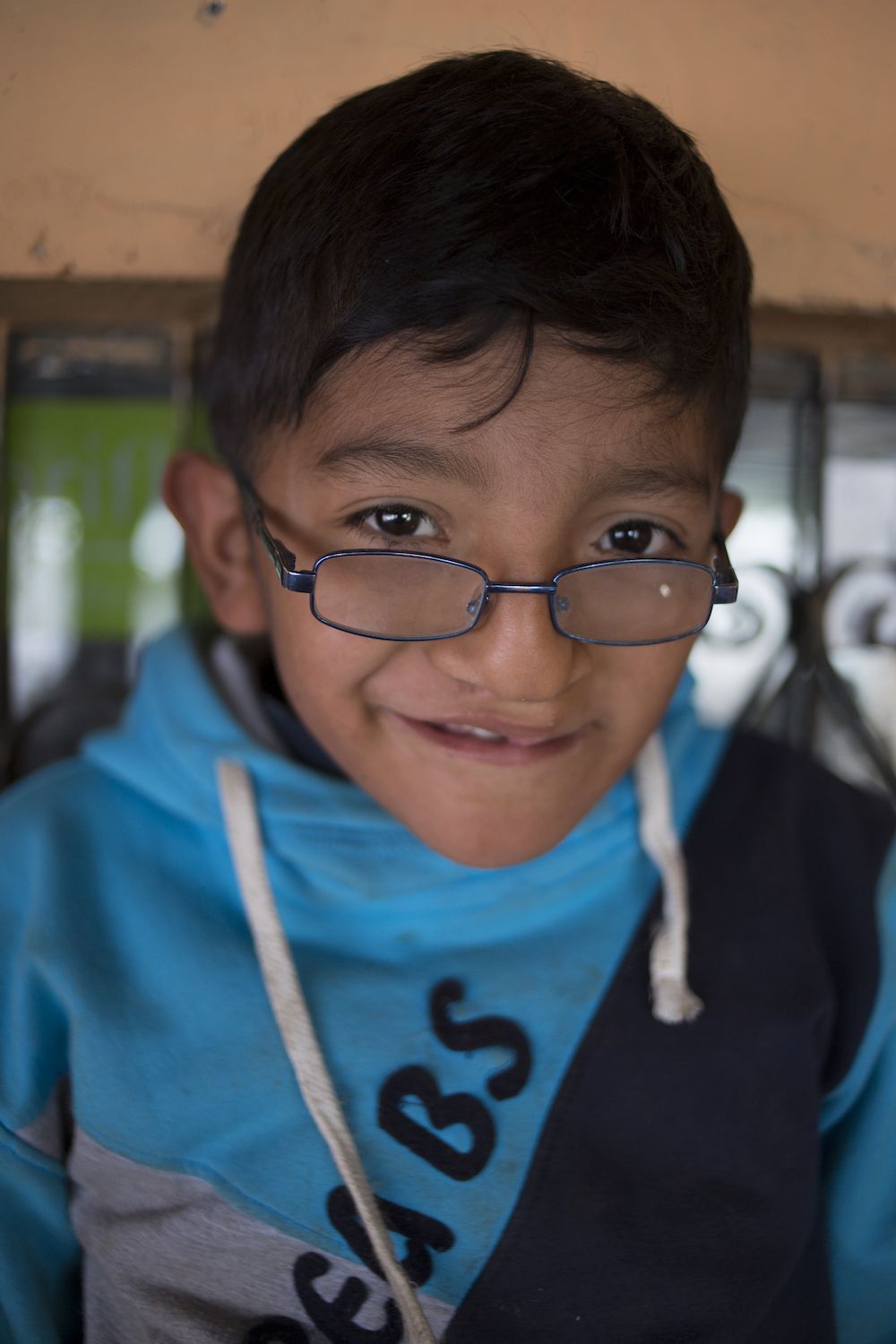

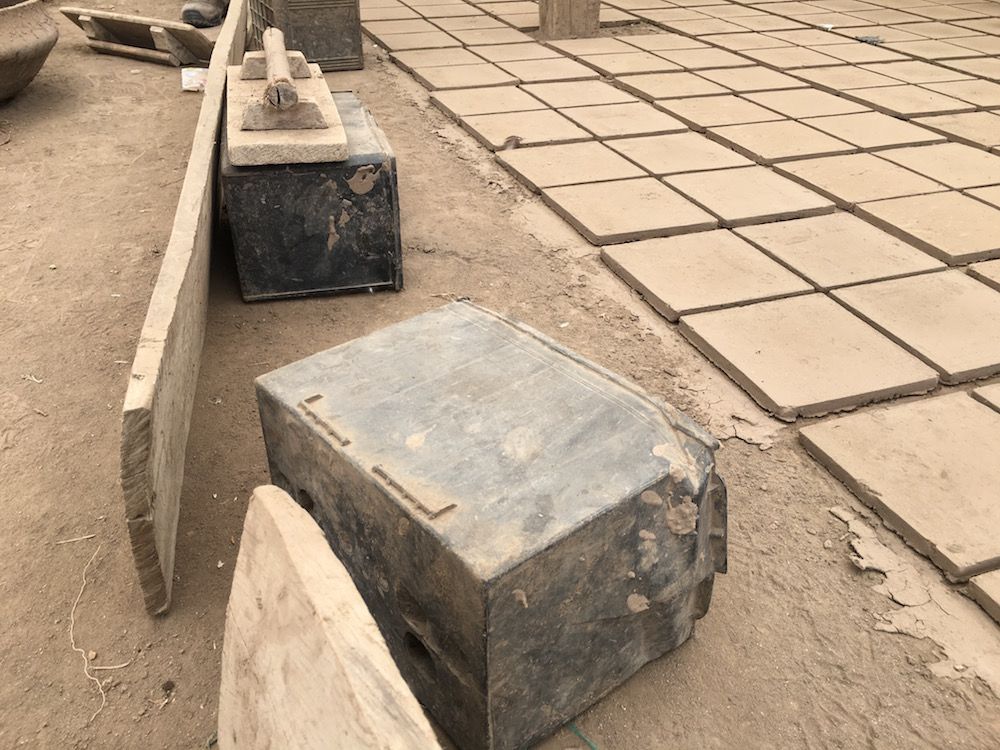
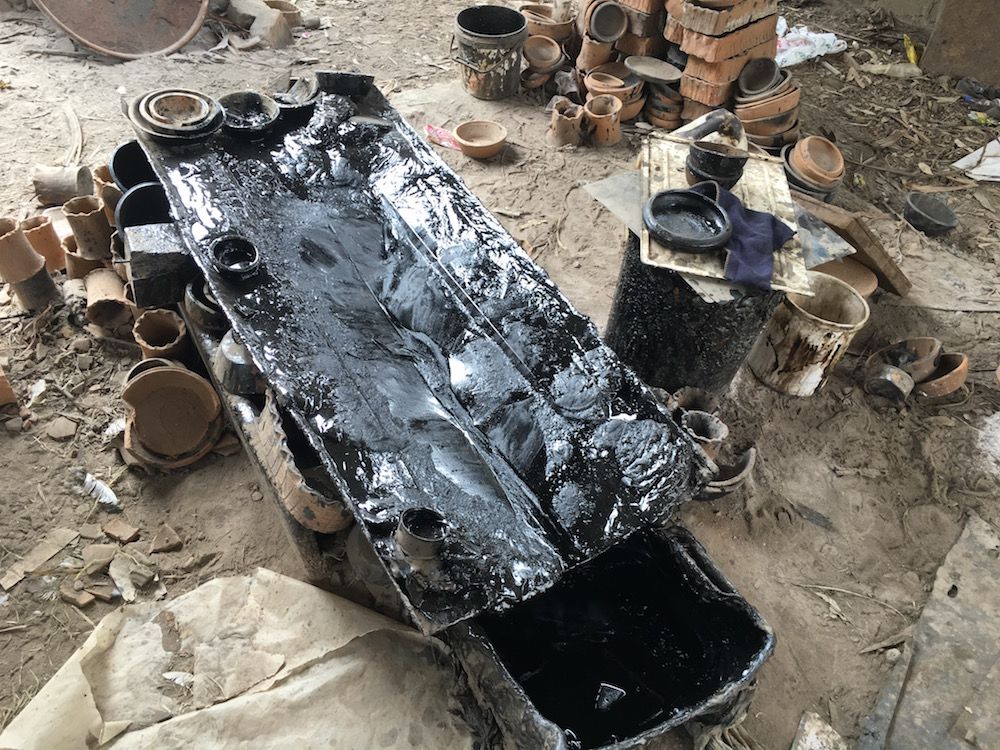
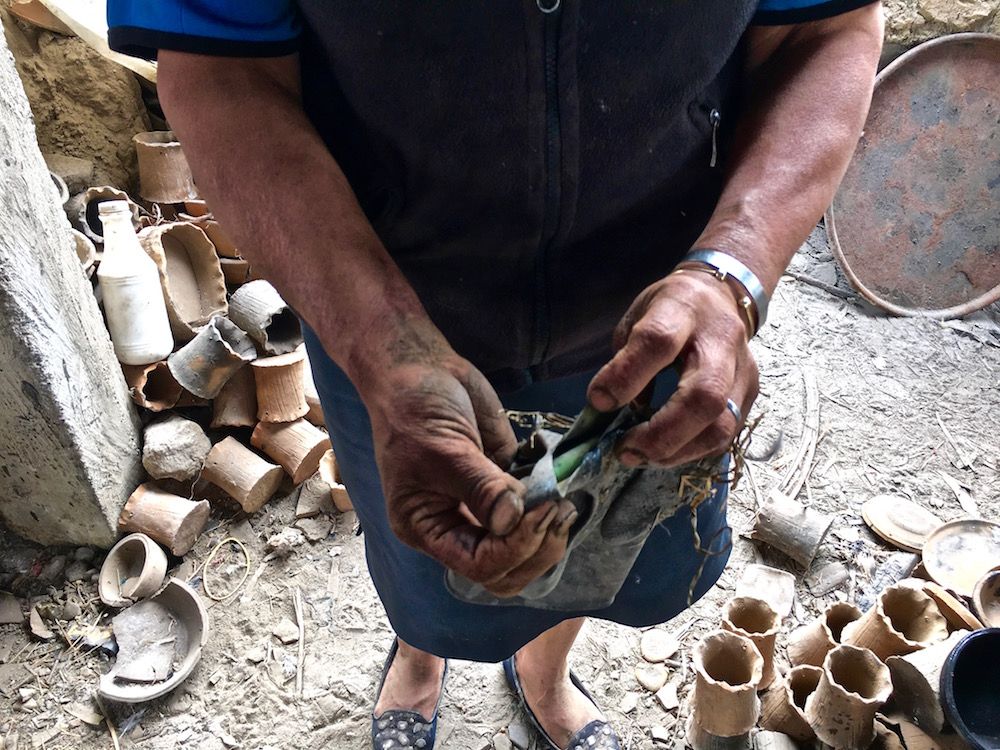
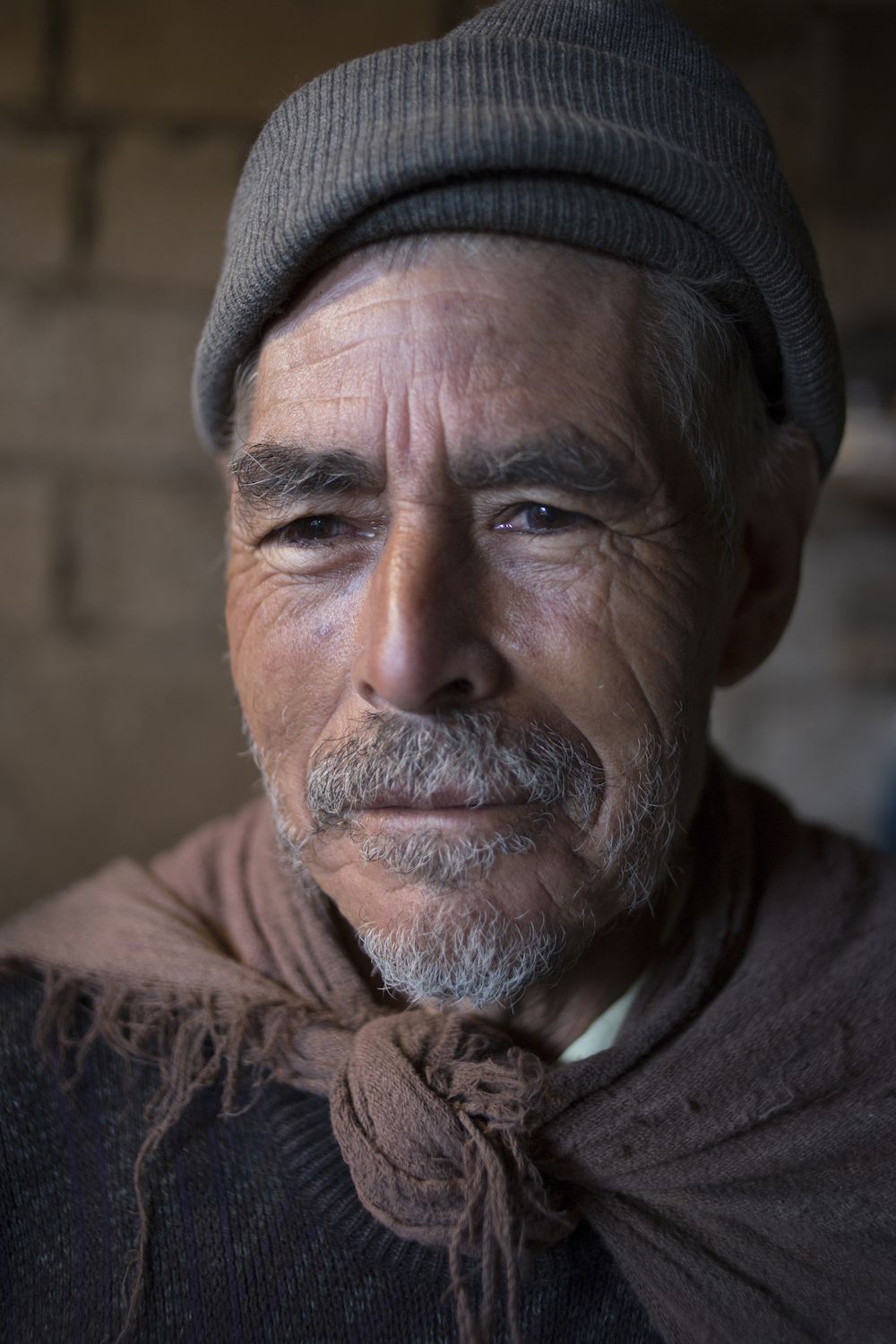
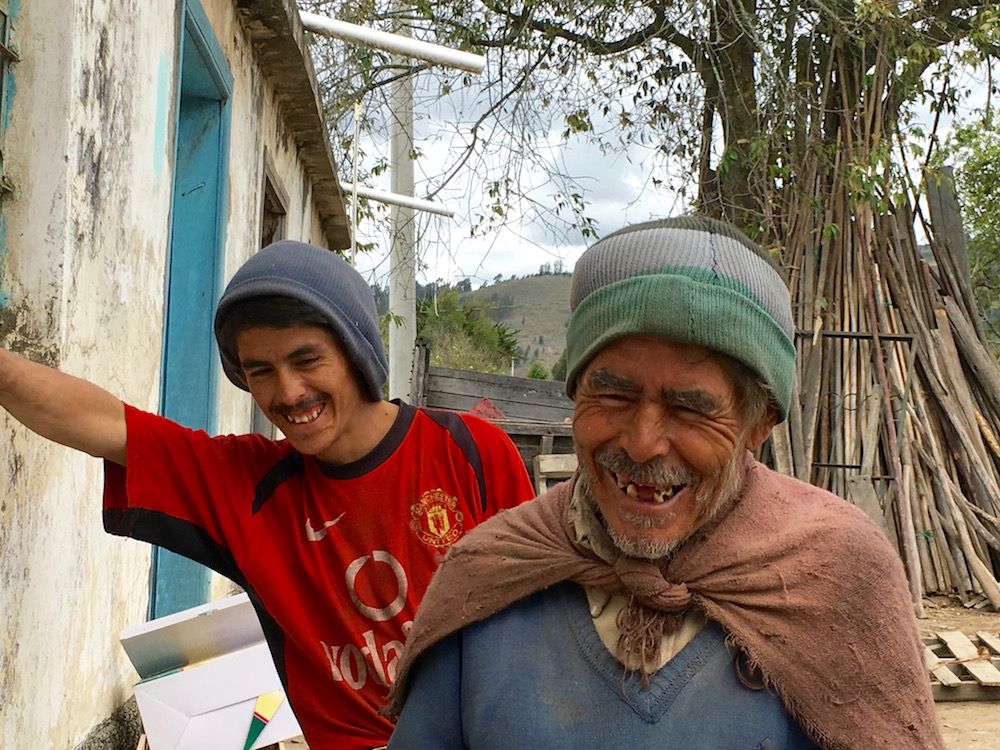
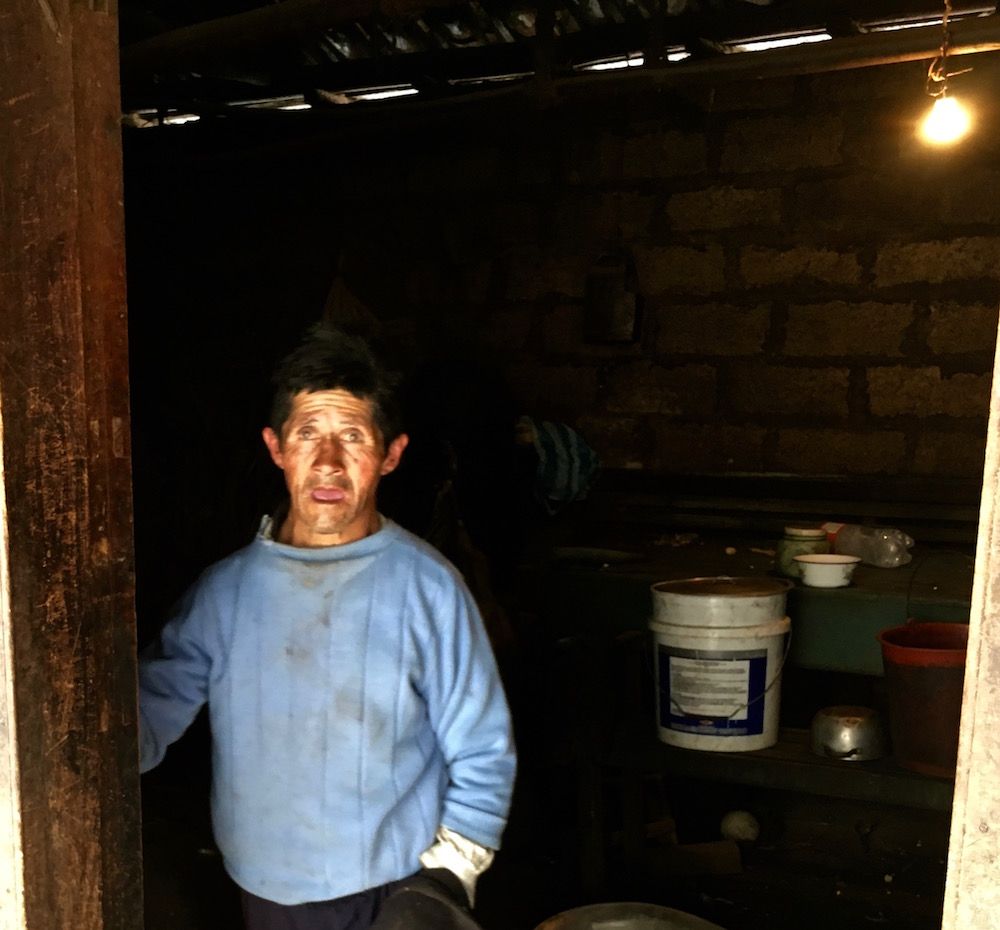
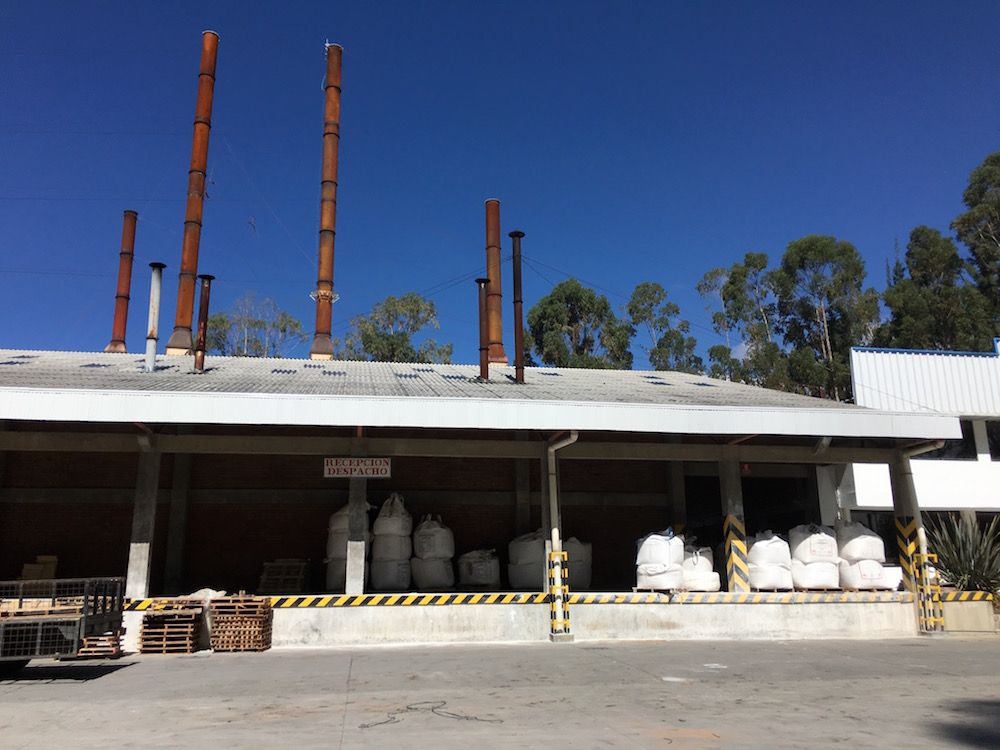
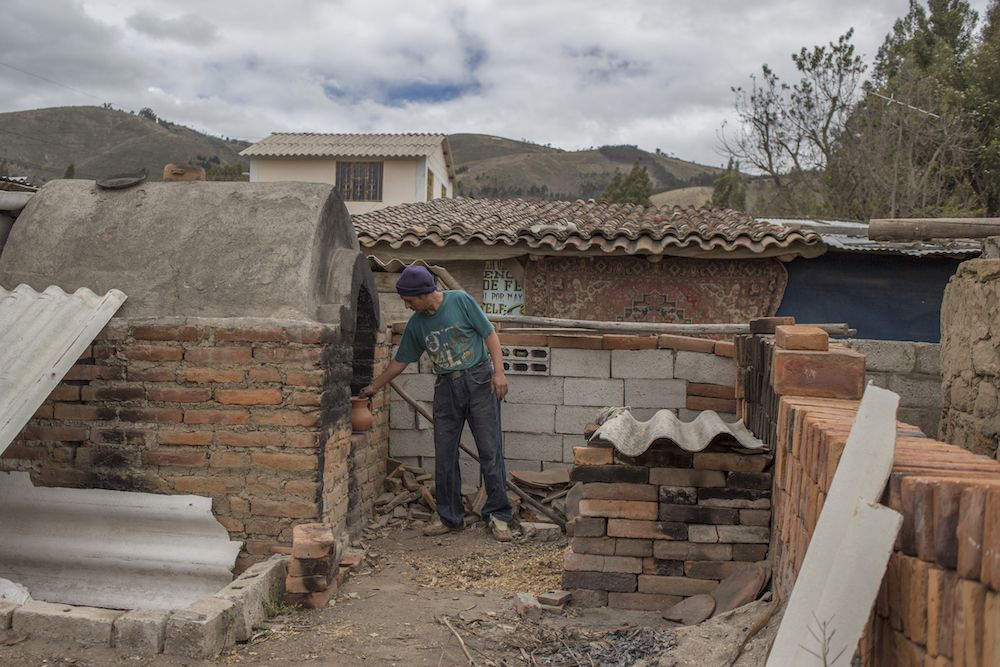
![Edgar Patricio Neto Nuñez is the environmental director in the municipality of Pujilí, which oversees La Victoria. “Firing [backyard artisan] kilns contaminates the air. This not only affects the nuclear family, but the whole world. Elements in the smoke affect the whole planet,” he said. Neto is negotiating with a Swiss company based in Cuenca, Ecuador, to bring higher technology kilns to La Victoria. Image by Yolanda Escobar J. Ecuador, 2016. Edgar Patricio Neto Nuñez is the environmental director in the municipality of Pujilí, which oversees La Victoria. “Firing [backyard artisan] kilns contaminates the air. This not only affects the nuclear family, but the whole world. Elements in the smoke affect the whole planet,” he said. Neto is negotiating with a Swiss company based in Cuenca, Ecuador, to bring higher technology kilns to La Victoria. Image by Yolanda Escobar J. Ecuador, 2016.](https://legacy.pulitzercenter.org/sites/default/files/styles/node_images_768x510/public/09-02-16/018.jpg?itok=u5_Hle1G)
